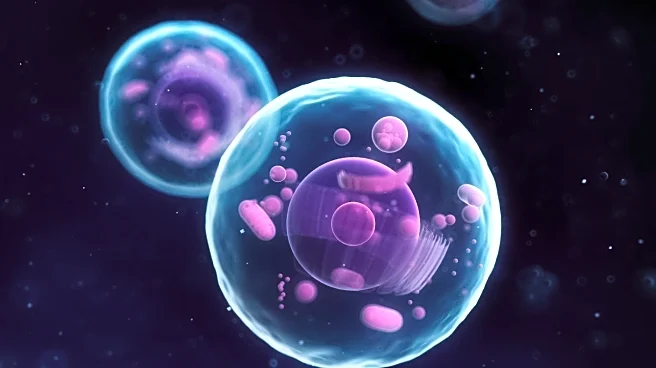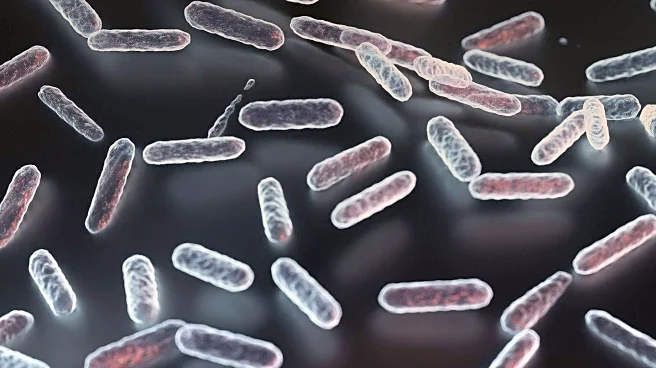Rapid Read • 7 min read
Recent research has uncovered a mechanism that contributes to the radioresistance observed in triple-negative breast cancer (TNBC). The study focuses on the role of cancer-associated fibroblasts (CAFs) and their exosomal circFOXO1 in promoting autophagy and radioresistance in TNBC cells via the miR-27a-3p/BNIP3 axis. TNBC is characterized by the absence of progesterone receptor, estrogen receptor, and HER-2, making it less responsive to endocrine and targeted Her-2 therapies. Consequently, radiotherapy is a primary treatment option, although TNBC patients often develop radiotherapy tolerance, leading to tumor recurrence and metastasis. The study utilized various experimental techniques, including cell culture, coculture systems, and nanoparticle tracking analysis, to investigate the interactions between CAFs and TNBC cells. The findings suggest that targeting the miR-27a-3p/BNIP3 axis could enhance radiosensitivity in TNBC, offering potential therapeutic avenues.
AD
The discovery of the miR-27a-3p/BNIP3 axis as a contributor to TNBC radioresistance is significant for the development of more effective treatment strategies. TNBC is a particularly aggressive form of breast cancer with lower survival rates compared to other subtypes. Understanding the mechanisms behind its resistance to radiotherapy can lead to targeted interventions that improve patient outcomes. This research highlights the potential for developing therapies that inhibit the identified axis, thereby increasing the effectiveness of radiotherapy and reducing the likelihood of tumor recurrence. Such advancements could significantly impact the management of TNBC, offering hope for improved survival rates and quality of life for affected patients.
Future research may focus on developing inhibitors targeting the miR-27a-3p/BNIP3 axis to enhance radiosensitivity in TNBC. Clinical trials could be initiated to test the efficacy of these inhibitors in combination with radiotherapy. Additionally, further studies might explore the broader applicability of these findings to other cancer types exhibiting similar radioresistance mechanisms. Collaboration between research institutions and pharmaceutical companies could accelerate the development and testing of new therapeutic agents, potentially leading to breakthroughs in cancer treatment.
AD
More Stories You Might Enjoy










